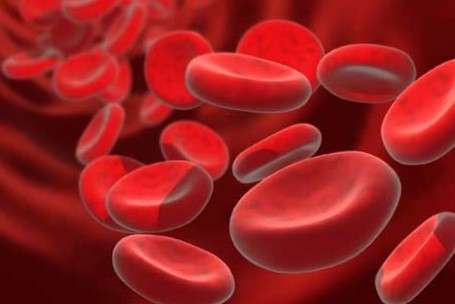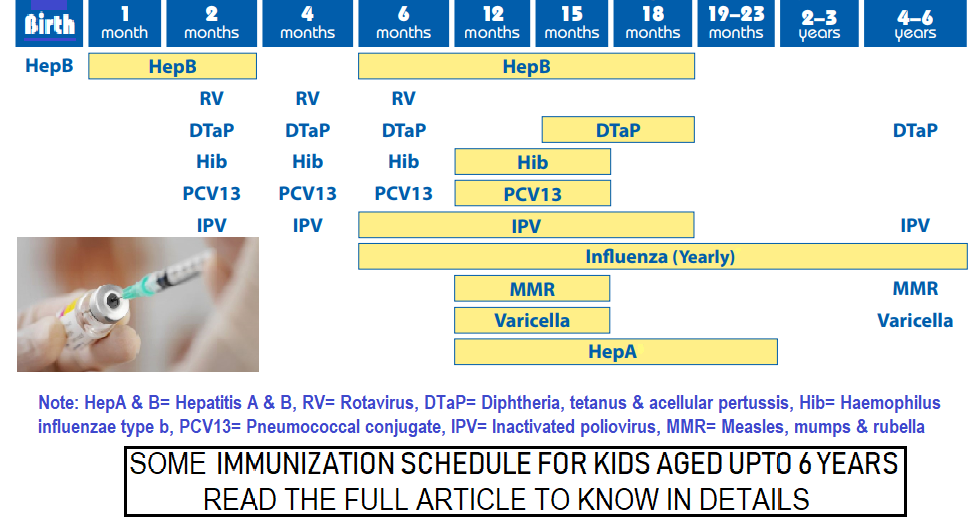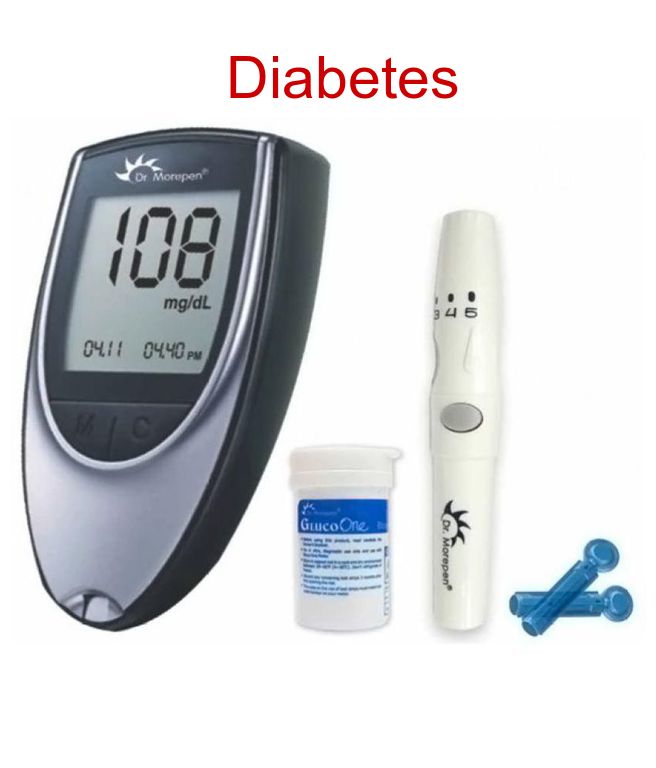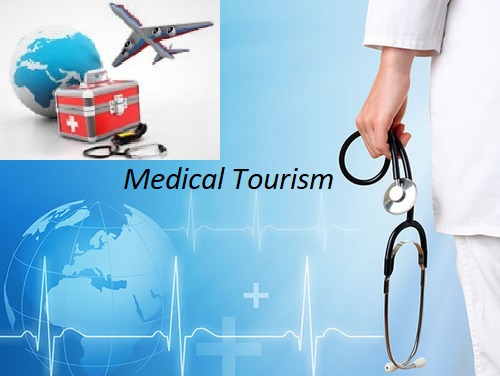Anaemia or Anemia
It is a health condition in which the number of Red Blood Cell (RBC) count or Hemoglobin (Hb) is low than normal level. Anaemia or Anemia is caused by either for a decrease in production of red blood cells or haemoglobin, or for the destruction of red blood cells or loss (usually due to excessive blood loss).
Know about Red Blood Cell (RBC) and Hemoglobin (Hb): The very common another name of RBC is Erythrocytes. One of the most important cellular parts of blood cells is red blood cells. Red Blood Cell (RBC) is the important blood cells that carry oxygen from the lungs to the other parts of the body. The cytoplasm of Red cells is rich in hemoglobin and it is the hemoglobin which permits them to transport oxygen. The hemoglobin molecule is the functional unit of the red blood cells and is a complex protein structure that is inside the red blood cells. The normal range in men is approximately 4.7 to 6.1 million cells/ul (microliter). The normal range in women ranges from 4.2 to 5.4 million cells/ul. The normal range for hemoglobin may differ between the sexes and is approximately 13 to 18 grams per deciliter for men and 12 to 16 grams per deciliter for women
Classification of Anaemia or Anemia according to the size of the red blood cells:
- Microcytic anemia (MCV<80): If the red blood cells are smaller than normal, this is called microcytic anemia. Microcytic anemias are caused by conditions that prevent your body from producing enough hemoglobin. The major causes of this type are iron deficiency (low-level iron) anemia and thalassemia (inherited disorders of hemoglobin) and Sideroblastic anemia.
- Normocytic anemia (MCV 80–100): If the red blood cells size is normal in size (but low in number), this is called normocytic anemia, such as anemia that accompanies chronic disease or anemia related to kidney disease.
- Macrocytic anemia (MCV>100): If red blood cells are larger than normal, then it is called macrocytic anemia. Macrocytic anemia can be due to a deficiency of either vitamin B12, folic acid, or both Major causes of this type are pernicious anemia and anemia related to alcoholism and Hypothyroidism.
If you have a low RBC count, symptoms may include:
- Fatigue
- Dizziness, weakness, particularly when you change positions quickly
- Shortness of breath
- Increased heart rate
- Headaches
- Pale skin or yellow skin
- Chest pain
- Cold hands and feet
Common Cause of Anaemia or Anemia:
Anaemia or Anemia from active & excess bleeding.
Iron-deficiency anemia: is the most common type of anemia. It happens when you do not have enough iron in the body. Iron deficiency is usually due to blood loss or inadequate iron intake or may occasionally be due to poor absorption of iron. Iron is a very important component of the hemoglobin molecule; erythropoietin, a molecule secreted by the kidneys, promotes the formation of red blood cells in the bone marrow. Iron deficiency anemia can also occur when there are stomach ulcers or other sources of slow, chronic bleeding (colon cancer, uterine cancer, intestinal polyps, hemorrhoids, etc).
Anemia related to pregnancy: Water weight and fluid gain during pregnancy dilute the blood, which may be reflected as anemia since the relative concentration of red blood cells is lower.
Anemia of chronic disease: Any long-standing and ongoing medical condition such as a chronic infection or cancer may cause this type of anemia.
Anemia related to poor nutrition
Sickle cell anemia: This is typically hereditary and is more common in those of African, Middle Eastern, and Mediterranean ancestry. Abnormal hemoglobin molecules may cause problems in the integrity of the red blood cell structure and they may become crescent-shaped (sickle cells).
Pernicious anemia: It may be a problem in the stomach or the intestines leading to poor absorption of vitamin B12.
Hemolytic anemia: Is a type of anemia in which causes for the red blood cells destruction known as hemolysis.
Nutrients that can increase red blood cell counts:
Eating foods rich in these five nutrients may help you improve your red blood cell levels.
- Iron: Iron-rich foods include:
- red meat, such as beef
- organ meat, such as kidney and liver
- egg yolks
- dark, leafy, green vegetables, such as spinach and kale
- dried fruits, such as prunes and raisins
- beans etc.
2. Folic acid: Foods high in vitamin B-9 (folic acid) include:
- enriched bread & cereals
- dark, leafy, green vegetables, such as spinach and kale
- lentils, beans
- peas & nuts etc.
3. Vitamin B-12: Foods high in vitamin B-12 include:
- red meat, such as beef,
- fish & eggs
- milk products and cheese
- shellfish etc.
4.Copper: Copper intake doesn’t directly result in RBC production, but it can help your RBCs access the iron they need to replicate. Foods high in copper include:
- poultry
- shellfish
- liver
- beans
- nuts etc.
5) Vitamin A: Foods rich in vitamin A include:
- dark, leafy green vegetables, such as spinach and kale
- sweet potatoes
- carrots
- red peppers
- fruits, such as watermelon, grapefruit etc
Treatments Anaemia or Anemia:
The doctor may not treat your anemia until the underlying cause has been established, the treatment plan will be based on the underlying causes of anemia. If the patient is severe anaemic then a blood transfusion may be needed.




0 Comments